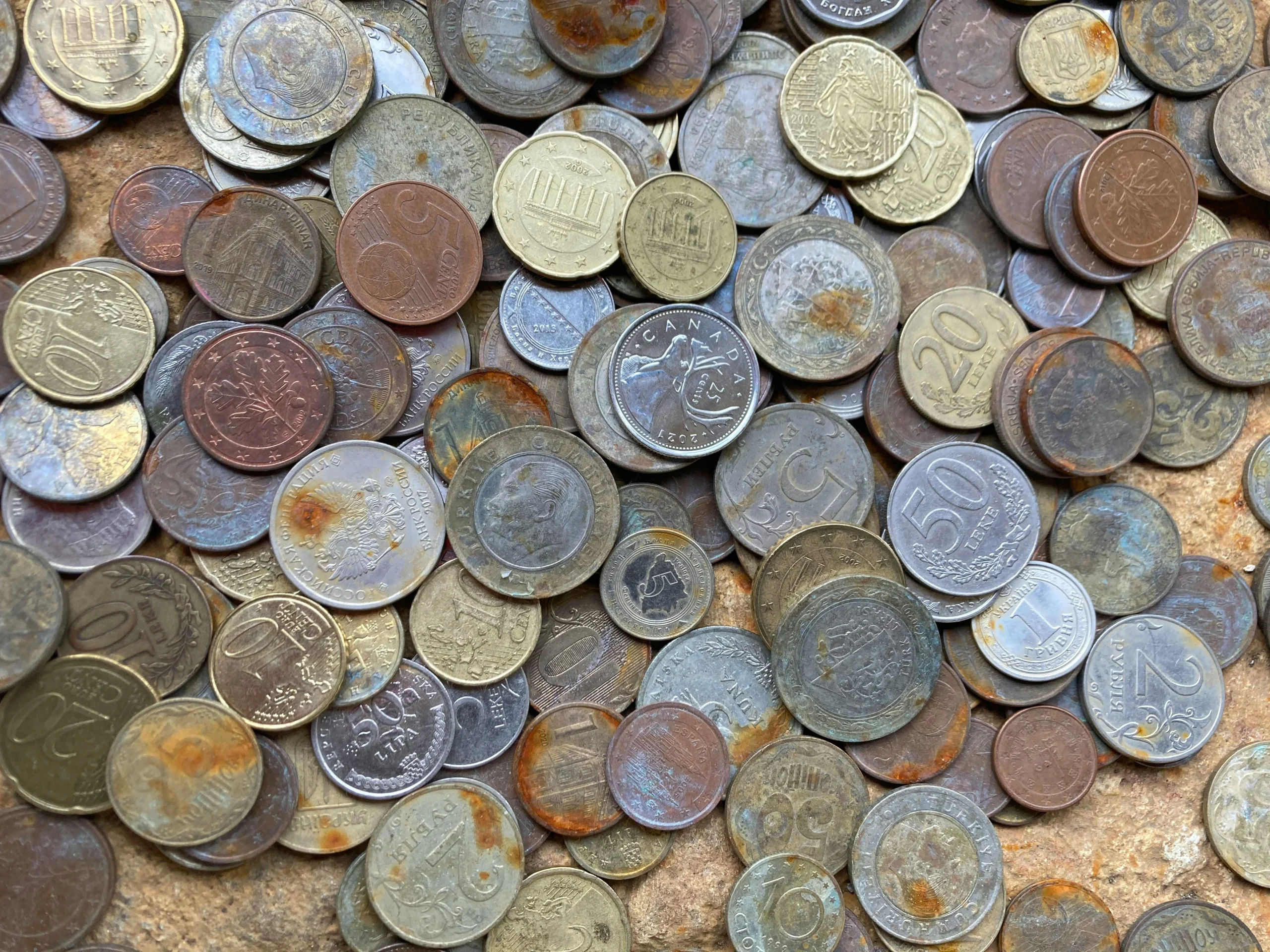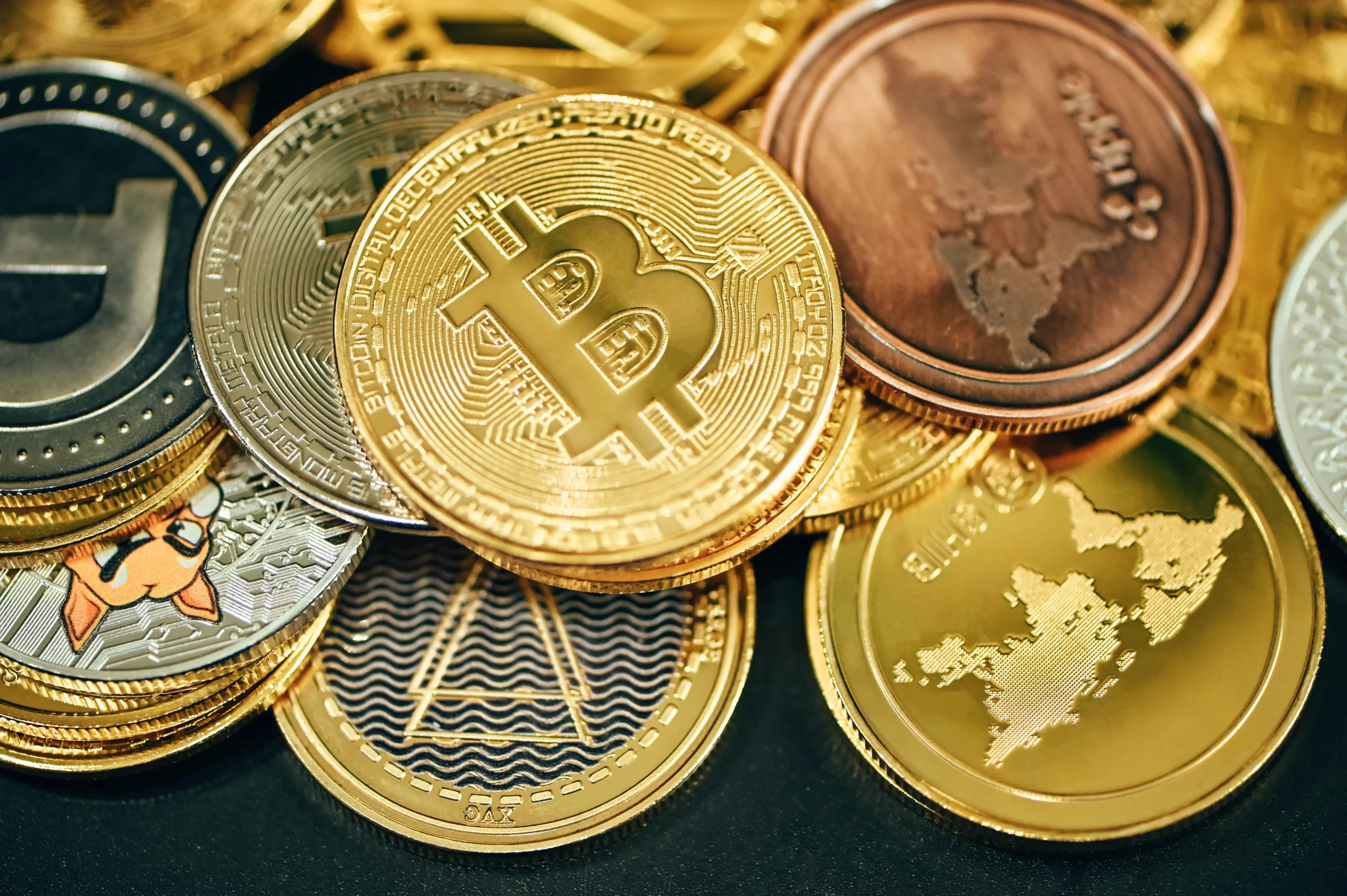
Introduction
Money is the backbone of our modern world. It’s what keeps our economies ticking, fuels trade, and helps us build wealth. But the way we exchange value for goods and services has come a long way over the centuries. From the simple bartering of ancient times to today’s complex digital transactions, the evolution of money is a testament to human creativity and our never-ending quest for efficiency. In this piece, we’re diving into the fascinating history of money exchange systems, looking at how each evolution shaped trade and economic growth, and ultimately led us to the digital financial landscape we navigate today.
1. The Barter System: The Foundation of Trade
Origins and Functioning
The barter system was the OG way of trading, where people simply swapped goods and services directly—no cash involved. Picture ancient farmers trading a bushel of grains for some livestock, or a blacksmith exchanging tools for a hearty meal. It was straightforward, but not without its hiccups.
Challenges of the Barter System
While bartering got the job done back in the day, it had some serious flaws that made it less than ideal:
Double Coincidence of Wants: Imagine trying to trade your apples for someone’s oranges, but they’re only interested in bananas. Both sides had to want exactly what the other had, which was often a tall order.
Lack of a Standard Measure of Value: The value of goods was all over the place. One person might think their cow is worth three bags of grain, while another sees it as just one. Talk about a headache!
Indivisibility: Some goods, like livestock, couldn’t easily be split up for trade. You can’t just hand over half a cow, right?
Lack of Store of Value: Perishables like fruits and veggies didn’t hold their value over time, making it tricky to save wealth for the future.
These inefficiencies in the barter system made it clear that we needed something better—a more standardized way to exchange value that could keep up with our growing needs. And so, the quest for a better system began.
To learn more visit: https://en.wikipedia.org/wiki/Barter
2. Commodity Money: The Rise of Intrinsic Value
Early Forms of Commodity Money
So, let’s talk about how our ancestors got around the whole barter system, which, let’s be honest, was pretty clunky. To make things easier, they started using commodity money—basically, stuff that had value on its own. Think about things like:
- Precious metals like gold, silver, and copper
- Salt, which was super important in ancient Rome and Africa
- Cowry shells, which were all the rage in Asia and Africa
- Livestock is a big deal for folks in pastoral communities
Advantages of Commodity Money
Using commodity money had its perks. For starters, it gave everyone a common yardstick to measure value. Plus, you could stash these items away and use them later, which was handy. And because they were widely accepted, trading became a lot smoother.
But, let’s not sugarcoat it—commodity money came with its own set of problems. It was often heavy or fragile, which made it a pain to carry around. Imagine lugging a cow or a bunch of metal coins everywhere you went!
3. Metallic Money: Coins and the Birth of Formal Currency
Introduction of Coinage
Now, fast forward to around 600 BCE in Lydia, which is in modern-day Turkey. That’s when the first metal coins made their debut. These little disks of gold and silver were stamped with symbols to prove they were legit and had real value.
Coins changed the game for trade. They brought a sense of uniformity that was desperately needed. Governments got involved, regulating the weight and purity of the coins, which helped build trust in these transactions.
Spread of Coinage
Before long, empires like the Greeks, Romans, and Persians jumped on the coin bandwagon. This made long-distance trade easier and helped create more complex economies than ever before.
Roman coins became a staple across Europe and the Middle East, marking one of the earliest examples of a global currency. That’s right—these little pieces of metal helped weave together a world that was starting to feel a lot more interconnected.
So, while we look back at these developments, it’s fascinating to see how our ancestors navigated their economic challenges, paving the way for the complex systems we have today.
4. Paper Money: The Rise of Promissory Notes
Where It All Began: China’s Innovation
So, picture this: it’s the 7th century in China, during the Tang Dynasty. Merchants are lugging around heavy coins, and let’s be honest, that’s a total hassle. To lighten the load, they started using promissory notes—basically, IOUs that promised they’d pay later. Smart move, right? Fast forward to the Song Dynasty in the 11th century, and the government stepped in, issuing official banknotes. Suddenly, carrying money just got a whole lot easier!
Crossing Borders: The Journey to Europe and the Middle East
Then, in the 13th century, along comes Marco Polo, couldn’t help but write home about this cool concept of paper money in China. It took a few centuries, but by the 17th century, European banks were catching on and adopting promissory notes themselves. This was a game changer and laid the groundwork for the banking systems we know today.
The Impact of Paper Money
Paper money wasn’t just a novelty; it made life simpler. No more heavy pockets full of coins! Plus, it allowed governments to control the money supply, which was pretty revolutionary. Trade and investment also became more flexible, opening new economic opportunities.
5. Banking Systems and Fiat Money
The Birth of Modern Banks
Fast forward to the 17th and 18th centuries, and we see the birth of modern banking. The Bank of England, established in 1694, started issuing standardized notes that were backed by gold. This was a huge step forward! Banks weren’t just places to stash your cash anymore; they were offering loans and credit, reshaping how money flowed.
The Shift to Fiat Money
By the 20th century, most countries ditched the gold standard—bye-bye, shiny metal! Instead, they embraced fiat money. This is a currency that holds value just because the government says it does. It gave governments the flexibility to tweak the money supply to manage economic ups and downs. Central banks like the Federal Reserve stepped up to the plate, juggling inflation, interest rates, and liquidity.
6. Electronic Money and Card-Based Systems
The Revolution of Credit and Debit Cards
When credit cards hit the scene in the 1950s, everything changed. With Diners Club leading the charge, then came the likes of Visa and Mastercard. Suddenly, accessing money was a breeze, and people could make purchases without cash. Not to mention, it opened up international trade and tourism like never before. Who wants to carry wads of cash when you can just swipe?
ATMs: Your 24/7 Cash Friends
Then came ATMs, those little machines that popped up everywhere, allowing us to access cash and manage accounts anytime, day or night. They made us less dependent on physical bank branches, which was a relief.
The Rise of Digital Transfers
Now, we’re living in a digital age. Electronic funds transfer (EFT) systems are the norm, letting businesses and individuals send and receive payments with just a few clicks. It’s all about convenience, but it also raises questions about how much we need physical cash anymore. Are we ready for a cashless future? Only time will tell.
7. The Digital Revolution: Online Banking and Mobile Payments
Online Banking
Remember the 1990s when the internet was just starting to change our lives? One of its first big impacts was online banking. Suddenly, we could check our accounts, transfer money, and pay bills without ever stepping foot in a bank. It was a game-changer! Banks enjoyed lower operational costs while customers reveled in newfound financial transparency and convenience.
Mobile Payment Platforms
Then came smartphones—our little pocket-sized powerhouses. They really took mobile payments to the next level. Services like PayPal, which started in 1998, along with Alipay in China, and the likes of Google Pay and Apple Pay, made it possible to send and receive money in the blink of an eye, all wrapped up in secure encryption. It was like magic, but better!
8. Cryptocurrency and Blockchain Technology
Birth of Bitcoin
Fast forward to 2008, and we witnessed the birth of Bitcoin, the pioneer of decentralized cryptocurrencies. Built on blockchain technology, it introduced a public ledger for transactions that was both secure and transparent. It shook the foundations of traditional finance by cutting out the middleman—goodbye banks, hello peer-to-peer transactions across borders!

Growth of Cryptocurrencies
Following Bitcoin’s lead, a whole host of cryptocurrencies sprang up—think Ethereum, Ripple, and Litecoin. Each one brought something unique to the table: smart contracts with Ethereum, speedy cross-border payments with Ripple, and a focus on privacy with Monero. But with this growth came challenges. The volatility of these markets is real, and regulatory scrutiny is increasing. Still, one thing’s for sure: cryptocurrencies are pushing us closer to a decentralized global financial system.
9. Central Bank Digital Currencies (CBDCs): The Future of Money
Rise of State-Controlled Digital Currencies
Now, in a bid to keep up with the crypto craze, central banks are getting in on the action with CBDCs—essentially digital versions of our national currencies, but with a government twist. China kicked things off with its digital yuan in 2021, and countries like those in the EU and India are exploring their versions.
Benefits of CBDCs
These state-backed digital currencies come with their perks: they promise greater transparency, better control over the money supply, enhanced security against fraud, and quicker, more efficient cross-border payments. Sounds great, right? But it also raises questions about control and privacy.
10. Future Trends in Money Exchange
Artificial Intelligence and Financial Automation
Looking ahead, AI is reshaping financial systems, making them smarter at detecting fraud, tailoring services to our needs, and analyzing market trends. It’s like having a financial advisor in your pocket!
Biometric Payments
And let’s not forget about biometric payments. Fingerprint and facial recognition technology are becoming more common, making secure transactions feel as easy as a smile.
Decentralized Finance (DeFi)
DeFi platforms, built on blockchain, are also making waves by allowing direct transactions without intermediaries. They’re changing the way we think about finance altogether.
Global Payment Integration
Thanks to advancements in blockchain and AI, cross-border payment systems are becoming faster and more affordable. It feels like we’re on the brink of a global financial revolution.
Also read: https://victoryhubs.com/finance/gold/why-central-banks-are-rushing-to-buy-gold/
Conclusion
The evolution of our money exchange system speaks volumes about our ongoing quest for efficiency, security, and convenience. From the days of bartering and metal coins to paper money and now digital transactions, each transformation has left a mark on global economies and trade. The rise of cryptocurrencies, digital wallets, and blockchain technology paints a picture of a future where money can flow quickly, securely, and without the usual intermediaries. As technology progresses, we’re gearing up for yet another revolutionary chapter in the story of money exchange. Buckle up; it’s going to be an exciting ride!
Pingback: Xapo Bank Rolls Out Bitcoin-Backed Loans Up to $1 Million